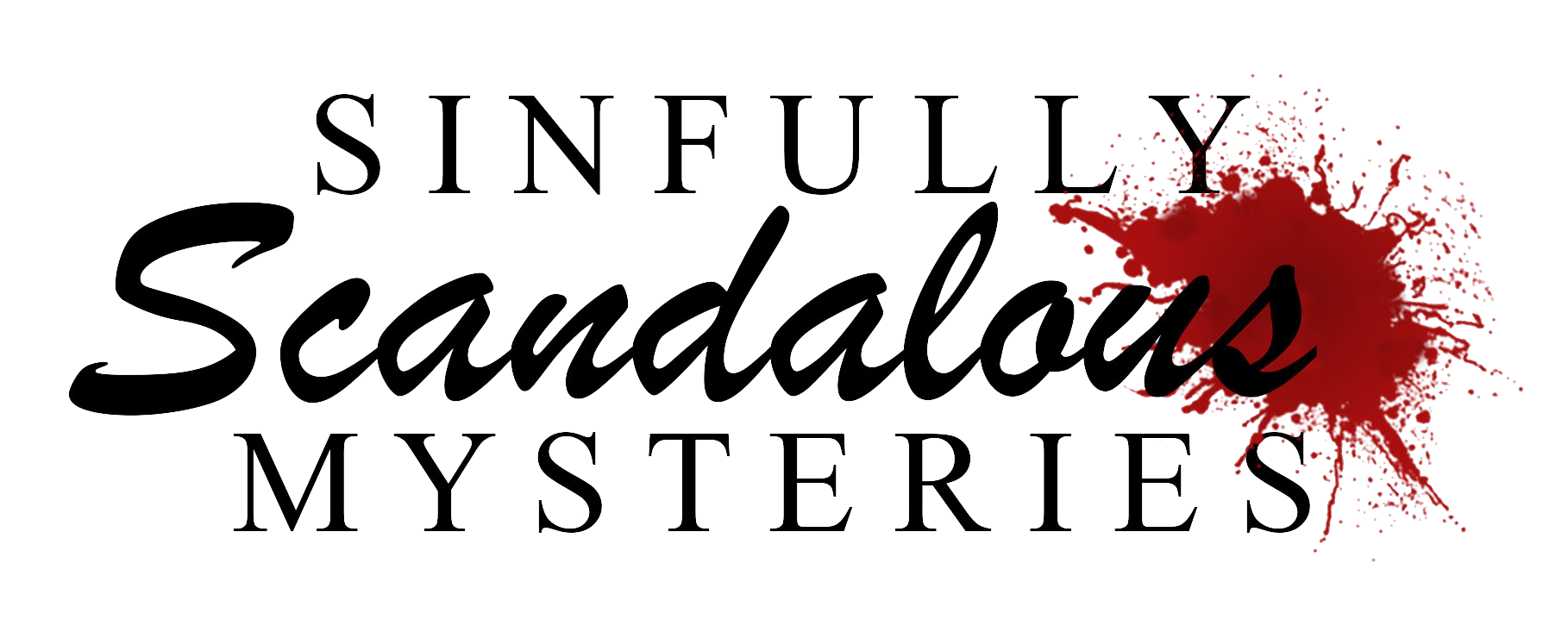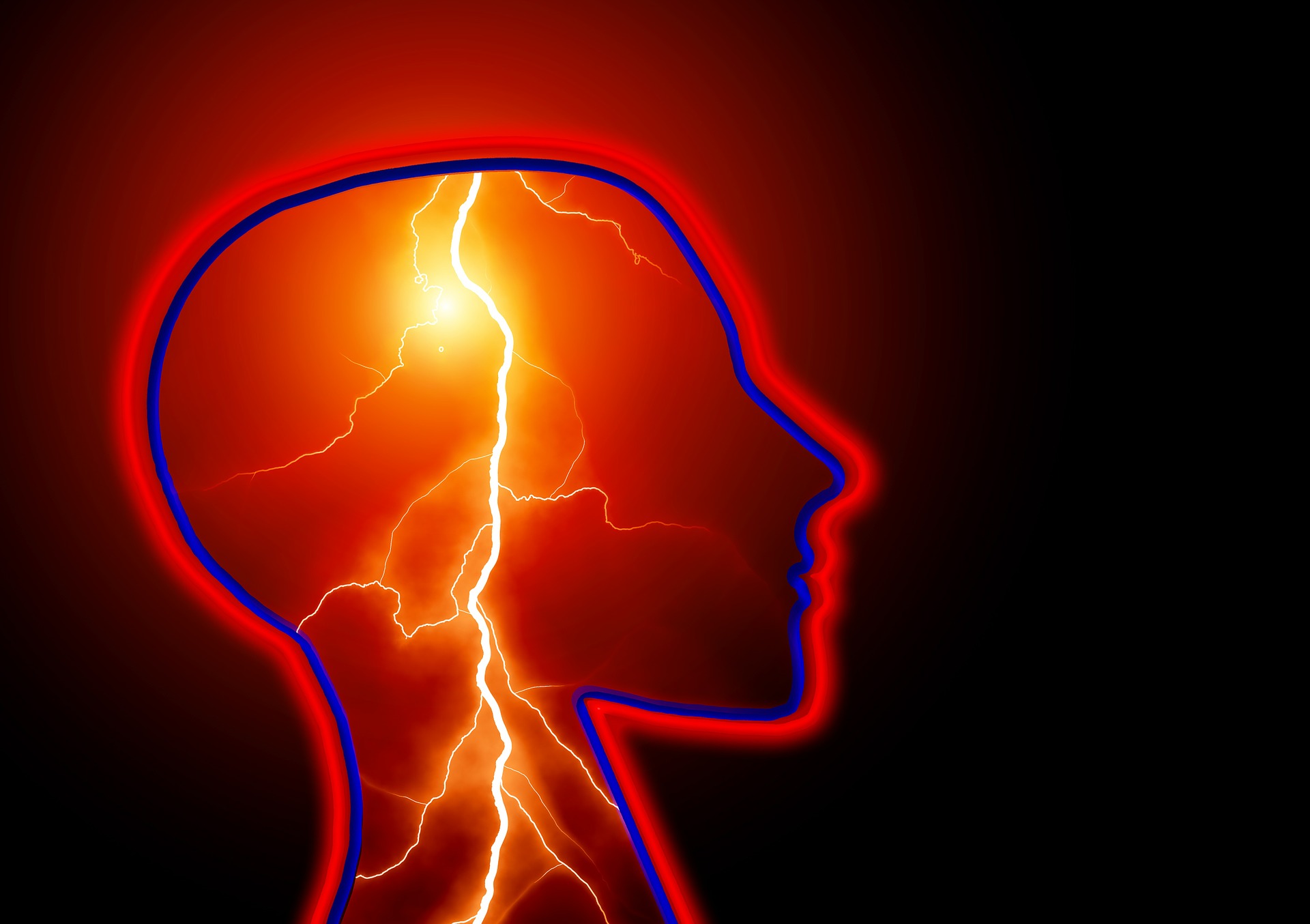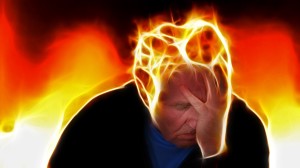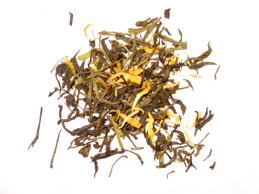*** This is an oped to an article posted by Esai Morales. I told the commenters that I’d write something up about my experience with migraines. While this is a departure from my normal writing, I believe it’s important info to share if it might help other migraine sufferers. This isn’t a “how-to” and I’m not recommending you do what I did. The links provided throughout are for your information and possible use. Their inclusion doesn’t equal endorsement.
October 17, 2015, Esai Morales posted what turned out to be a rather controversial article about using Himalayan Sea Salt and lemon juice to rid yourself of migraine pain. Some people took issue with trying this alternative treatment without first consulting a doctor.
I’m a bit of a research junkie. As much as I like experimenting with alternative therapies, I’m going to find out as much as I can about them before doing anything, including reading science-based reports whenever possible. It’s all about being better informed. Sometimes, I rule things out because I just don’t trust the information I’m reading. The article Esai Morales referenced is one of those types of articles. While it’s interesting, I wouldn’t base my decision to try the “treatment” on this single source. Why? The writer didn’t include enough specific information about dosages, possible side effects experienced, length of time between taking the concoction and experiencing relief, etc. — Nothing. Nada. Zip.
Here are my migraine stats:
Age of onset: 12
Treatment: Untreatable. I was diagnosed with having a type of migraine called “classic.” Now it’s called migraine with aura. My attacks would happen so quickly that if I was walking, I’d get thrown off-balance. They also wouldn’t last long, but would be repetitive. This is what, according to my doctors, made my headache more difficult to treat. I’m not going to get into all of the various symptoms of my migraines — it’s more than experiencing the aura. My mother’s headaches were different from mine, but were also migraine with aura.
Treatment during high school: heart medicine Effect: It made me sleepy. This was awesome since my insomnia started sometime during high school.
Treatment during college: I believe this was when I saw my first neurologist. I was given a heart medication to take daily, some other drug to take at the onset of an attack, and put on an elimination diet (This was an “ah ha” moment that I chose to ignore until later.) The medicine had zero positive effect. My mother suggested Feverfew. I tested it enough to know that it worked a little, but I was terrible about taking it regularly, which is the key to it actually helping (at least in my case.)
After college: Zomig.
What I will say is that Zomig became my best friend until the night I took three and ended up in an emergency room. Apparently you’re not supposed to take that many. One is supposed to knock out the headache.
I was providing training in some Florida town when I started to get warning signs. I always stood to train, but on that day, I had to sit. The group was small and we’d gotten to know each other, so I explained what was happening. We ended early and I returned to my hotel. I called two people: my ex-husband and Ask-a-Nurse. I was in so much pain that all I could do was cry. She told me I had to get to the hospital, but I couldn’t drive. My ex-husband, who was miles away, contacted the front desk and told them someone needed to take me to the hospital.
This wasn’t the first time I’d ended up in the emergency room, but it was the last. The turning point was that I arrived in the emergency room with an untreatable migraine, I was there all night being pumped with fluids and more drugs, and I left the next morning with a migraine. It was time for a dramatic change in my life.
Here’s what finally helped me get my migraines under control:
A vegan diet. (Remember that elimination diet I mentioned? Well, I knew from that experience that certain foods triggered attacks. I just wasn’t disciplined enough at the time to follow everything my doctor said.)
In addition to this, I completely cut out all sources of caffeine, stopped drinking red wine, and started practicing yoga. I lived this way for about seven years, adjusting my diet along the way, as I saw improvement.
I’ve been practicing some form of vegetarianism for more than 17 years. In that time, I’ve had less than 20 migraines, none of which required anything stronger than Excedrin Migraine. Now low-pressure systems are to blame for most of my attacks. (Strong smells are a close second.)
Here’s what I do now:
- I rarely, if ever, skip breakfast. And I do snack.
- I sleep at least 5 hours/night; Sometimes longer, but I usually wake up around 2 – 3 a.m., and then try to go back to sleep. Sleeping is critical.
- I exercise (I’m a martial artist. But it’s true that I have to be careful.)
- Red wine and the occasional piece of dark chocolate aren’t triggers anymore. The key is moderation. I also do drink tea (I’m a tea merchant and blender.) But, I no longer drink black tea, unless I’m tasting. And I only drink about two cups each morning (usually an oolong or a green tea.)
- I do eat aged cheeses, but not daily.
- I stopped practicing yoga. It was great for relaxation, and I practiced all the way through my first pregnancy. Then, I just didn’t feel I needed it.
- I use real butter, canola, coconut, and olive oil for cooking.
- I don’t eat much processed/packaged foods (including the vegetarian varieties.) You won’t see me at McDonalds, but I do like the #6 at Jimmy Johns (I wish they’d change their bread, though.)
- I drink at least 64 oz of water/day.
- I eat full fat Greek yogurt.
- I eat a lot of white popcorn. It’s a good source of fiber and potassium. (Potassium: 225mg Magnesium: 108mg Calcium: 10mg Sodium: 3mg – unsalted)
If I was going to suggest anything to any other migraine sufferer, regardless of the type of migraine you have, I’d tell you to seriously take a look at:
- Your diet
- Your exercise routine (Walking is awesome.)
These are the only things you have complete control over.
I should add that I’ve seen a lot of doctors over the years. One couldn’t figure out why parts of my body would go completely numb, so he just kept poking me. Idiot. The best one ended up to be a leading heart surgeon (I had no idea when I found him.) He was very observant and respected my need to try alternative medicines like feverfew. I gave him the research I’d found. He supported my choice. We analyzed my experience with it together.
Things to be aware of (for women):
- The type of birth control you take can increase your migraines.
- As you age, your migraines might improve if they’re always in-step with your cycle.
Here are a few resources to check out:
Migraine Research Foundation – Data, definitions, and more.
The Mayo Clinic – This links to their section re: alternative medicines shown to work for some migraine sufferers.
Science Based Medicine – This is a good article about salts.
I hope some of this helps a few migraine sufferers out there. What works for one won’t necessarily work for all, but I do believe the key to a healthier, pain-free (or nearly pain-free) life, is diet and exercise. Control what you can. Let go of the rest.
Kori




